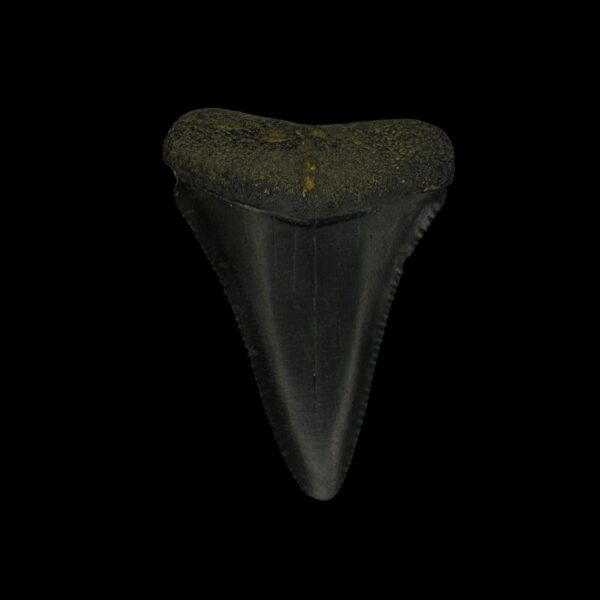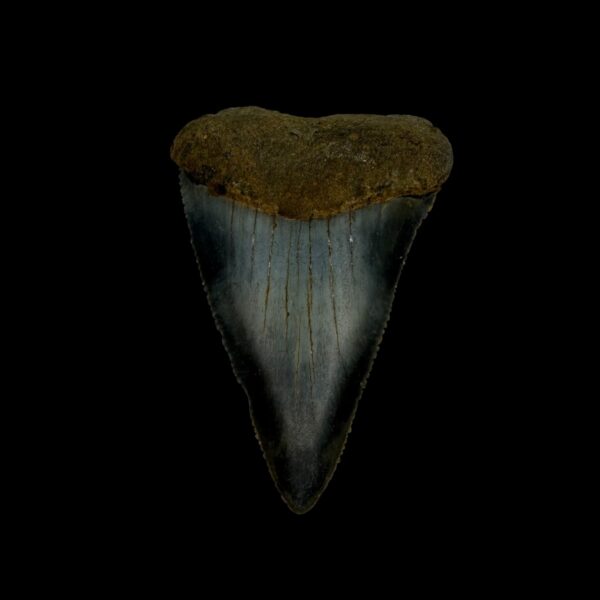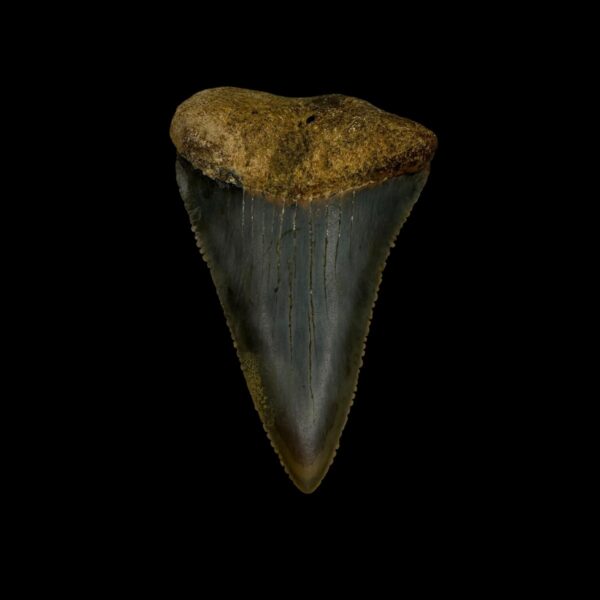Exposing the Hidden Secrets of Megalodon Teeth: History, Science, and Where to Find Them

Exposing the Hidden Secrets of Megalodon Teeth: History, Science, and Where to Find Them
Megalodon Teeth are fascinating relics from a predator that once ruled the world’s oceans. Their colossal size and age—over 3.6 million years old—make them some of the most sought-after fossils. In this article, we’ll explore the history behind these teeth, the science that makes them unique, and the best places to find them today.
Exposing the Mystery of Megalodon Teeth: King of the Prehistoric Oceans
The Megalodon (Otodus megalodon) was the largest shark to ever exist, exceeding 60 feet (18 meters) in length. Its bite was so powerful it could easily split a whale in half. However, what fascinates scientists and collectors the most are its massive teeth, which could reach up to 7 inches (17.8 cm) in length.
🦷 Fun Fact: A single Megalodon tooth can weigh more than an entire set of modern great white shark teeth.
Exposing the Science of Megalodon Teeth Fossils: How They Are Preserved
Sharks continuously replace their teeth throughout their lives. When a Megalodon lost a tooth, it sank to the ocean floor and became buried in sediment. Over millions of years, minerals replaced the organic material, preserving the tooth as a fossil. This process explains why we can still find Megalodon Teeth today. These fossils provide critical insight into the prehistoric ocean environment, allowing researchers to expose the hunting patterns, diet, and extinction factors of this giant predator. Finding and studying these fossils gives us a deeper understanding of prehistoric marine life and the conditions that led to the Megalodon’s extinction. These prehistoric treasures continue to captivate fossil hunters and marine enthusiasts worldwide.
Exposing the Best Places to Find Megalodon Teeth: The Ultimate Fossil Hunting Guide 🔍
If you want to find your own Megalodon Teeth, here are some of the best locations to search:
📍 Florida, USA – Beaches and rivers like Peace River. 📍 South Carolina, USA – Cooper River is a fossil-hunting hotspot, often yielding some of the most well-preserved Megalodon Teeth. 📍 North Carolina, USA – Atlantic diving sites where giant teeth are discovered. 📍 Peru, Morocco, and Australia – Other regions with well-preserved Megalodon fossils.
Expert Tip: After a storm, waves can unearth fossils and wash them ashore. Keep an eye out!
Exposing the Truth About Megalodon Teeth: How to Identify a Real Fossil
With the increasing demand for fossils, many imitations have surfaced. To ensure your tooth is authentic:
✅ Check the enamel: Fossilized teeth have a smooth texture and dark coloration due to mineralization. ✅ Examine the serrations: Real Megalodon Teeth often retain their microscopic serrated edges, a key feature distinguishing them from replicas. ✅ Buy from trusted sources like The Fossil Exchange, where we guarantee 100% authentic fossils with no restorations or alterations.
Exposing the Theories Behind the Disappearance of Megalodon Teeth 🌊
There are several theories about the extinction of the Megalodon:
🔥 Climate Change: Cooling ocean temperatures affected its habitat and food sources. 🐋 Competition with Other Predators: Smaller, faster sharks like the great white began to dominate. 🌎 Ecosystem Shifts: The decline of whale populations may have led to food shortages.
Conclusion: A Prehistoric Treasure
Megalodon Teeth are not just impressive fossils; they are a window into a prehistoric world filled with mystery and giant predators. Whether you’re looking to add one to your collection or are simply passionate about paleontology, these fossilized treasures continue to amaze scientists, collectors, and marine biology enthusiasts worldwide. Megalodon Teeth are among the most fascinating prehistoric discoveries, revealing secrets about ancient marine ecosystems and the evolution of sharks. Megalodon Teeth remain one of the most iconic and mysterious fossils, offering clues about ancient marine ecosystems and the evolution of sharks.
🔗 Shop authentic Megalodon Teeth at The Fossil Exchange and own a piece of history.
Primary Keyword: Megalodon Teeth
The Evolution of Megalodon Teeth: Why Were They So Unique? 🦈
Megalodon Teeth are not just massive—they are an evolutionary marvel. Unlike modern sharks, which continuously replace their teeth, Megalodon developed specialized, thick, and serrated teeth designed to crush bone and tear through flesh with ease.
🔹 Adaptation for Hunting: Their teeth were built to handle large prey, such as whales and other marine mammals.
🔹 Serrated Edges: Unlike smooth shark teeth, Megalodon Teeth had finely serrated edges, giving them a razor-sharp cutting ability.
🔹 Sheer Size: Some Megalodon Teeth reached lengths of over 7 inches (17.8 cm), making them the largest shark teeth ever recorded.
Scientists believe that the structure of Megalodon Teeth played a crucial role in its dominance as the ocean’s top predator. The discovery of these teeth across the globe helps paleontologists reconstruct the feeding habits and movement patterns of this ancient giant.
Exposing the Evolution of Megalodon Teeth: How They Became Perfect Killing Tools
Megalodon Teeth are more than just fossils—they represent millions of years of evolutionary perfection. These prehistoric giants developed specialized, serrated teeth designed to crush bone and tear through thick flesh effortlessly.
🔹 Why Were Megalodon Teeth So Large? Unlike modern sharks, Megalodon needed to take down massive prey, including ancient whales. Their teeth evolved to be thicker, stronger, and larger than those of any shark today.
🔹 How Many Megalodon Teeth Existed? Scientists estimate that a single Megalodon could go through 40,000 teeth in its lifetime, constantly shedding and replacing them.
🔹 Bite Force of Megalodon Teeth: Studies suggest Megalodon had a bite force of up to 40,000 pounds per square inch (psi)—enough to crush a car!
🔗 Read more about prehistoric shark evolution
Exposing Megalodon Teeth Colors: What Do They Reveal About Their Age?
Fossilized Megalodon Teeth come in a variety of colors, but what do these shades mean? The coloration depends on the minerals absorbed during fossilization:
🟤 Brown or Tan – Indicates fossilization in phosphate-rich sediments.
⚫ Black or Dark Gray – Common in deep-sea fossils with high iron content.
🟢 Greenish Tint – Shows traces of minerals like glauconite, found in marine environments.
Each color tells a story of where and how the Megalodon Teeth were preserved, offering a unique glimpse into Earth’s prehistoric past.
Exposing Megalodon Teeth Shapes: What Their Structure Reveals
Not all Megalodon Teeth look the same—these ancient predators had different types of teeth adapted for their hunting style. Their teeth can be categorized into several shapes, each with a specific function:
🔹 Anterior Teeth – These are the largest and most symmetrical, used for piercing and gripping prey.
🔹 Lateral Teeth – Slightly angled, helping the Megalodon saw through flesh more effectively.
🔹 Posterior Teeth – Found at the back of the jaw, designed for crushing bones and finishing off prey.
The structure of Megalodon Teeth proves that this shark was a highly efficient predator, capable of taking down creatures much larger than itsel


